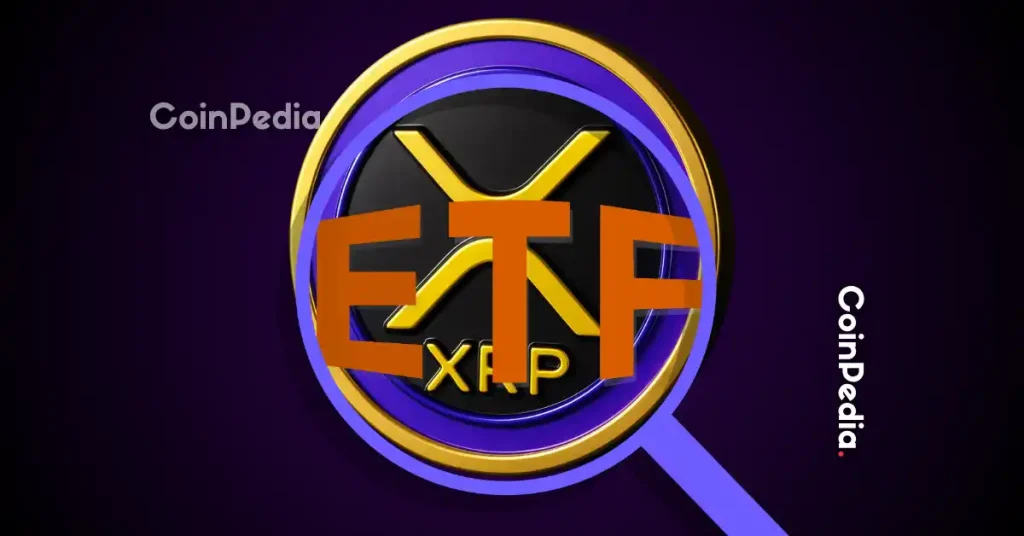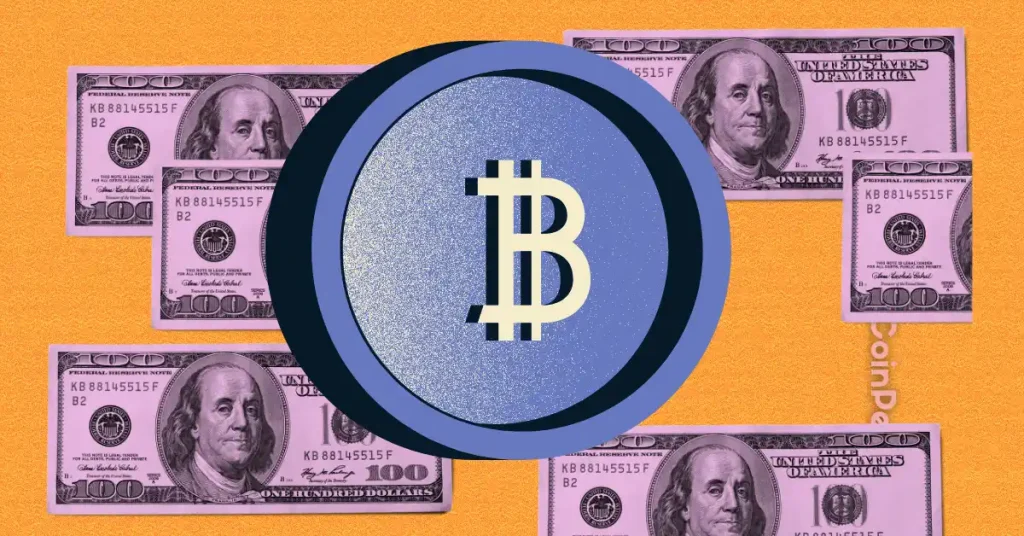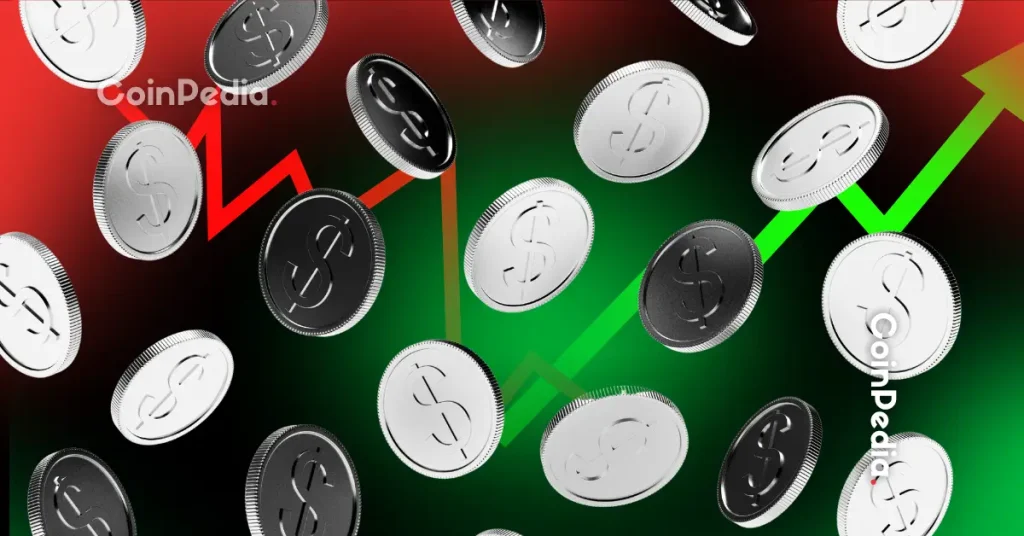The U.S. Department of the Treasury has announced new rates for Series I bonds, setting it at 4.03%, applied to new purchases from tomorrow, November 1, through April 30, according to the US Department of the Treasury.
The new bond rate replaces the 3.98% rate that had been available through October 31. The new composite rate is made up of a 3.12% variable portion tied to inflation data and a 0.90% fixed portion that remains permanent for the life of each bond once purchased. The fixed portion is lower than the 1.10% fixed rate announced in May.
Demand for I bonds surged in May 2022, when the composite rate reached 9.62%, drawing in a wave of investors into what is effectively a government-backed, low‑risk savings product.
Since then, inflation has slowed, and some of those earlier buyers have been redeeming their holdings. However, others who favored long‑term holding periods continued buying in recent years to secure higher fixed rates before later adjustments.
The Treasury adjusts both the variable and fixed portions twice a year, in May and November, but does not explain the formula used to determine the fixed portion.
Rate structure applies on a six‑month timeline
The I bond structure includes the fixed rate (which never changes once locked in) and the variable rate (tied to inflation and updates every six months).
The combined yield is known as the composite rate, and that rate remains for the first six months after the initial purchase date.
After the first six months, the variable portion switches to whatever new variable rate has been announced, while the fixed portion remains unchanged, as the timing is based on the month of purchase, not the month of announcement.
For instance, an investor who bought I bonds in March will start with a 1.90% variable rate and then move on to a 2.86% variable rate six months later, while 1.20% remains the fixed rate.
The bonds’ composite rate would then be roughly 4.06% for that next six‑month period. I bonds can earn interest for up to 30 years, unless redeemed earlier, according to the Treasury. They cannot be redeemed in the first year, and if redeemed before five years, the last three months of interest are forfeited.
Treasury yields respond to fewer expectations of cuts
This week saw Treasury yields rise as traders reduced expectations of a Federal Reserve interest rate cut in December.
The 10‑year Treasury note traded around 4.10% on Friday after beginning the week below 4%. Contracts tied to the December Federal Reserve meeting now show roughly even odds of a cut after recent central bank communication. Policymakers delivered their second consecutive rate reduction on Wednesday, but Federal Reserve Chair Jerome Powell said further easing at the final meeting of the year “is not a forgone conclusion.” That statement triggered selling pressure in markets.
Gregory Faranello, head of U.S. rates trading and strategy at AmeriVet Securities, said some of the earlier expectations for aggressive cuts have eased. Faranello stated, “The lower rate story in the US needs to be an economic slowdown story.” Investors had been betting that the Fed would keep easing to support a labor market that had shown signs of weakening, even as inflation remained above target.
The current U.S. government shutdown has held back the release of key economic figures, leaving markets with fewer signals and adding weight to Powell’s comments. Meanwhile, Meta Platforms Inc. completed a $30 billion bond sale this week, adding more corporate debt to the market at a time when investors were already adjusting to higher yields. More corporate issuance is expected next week.
There were also differing views among regional Federal Reserve officials. Dallas Fed President Lorie Logan said she “did not see a need to cut rates this week.” Kansas City Fed President Jeff Schmid detailed reasons for dissenting against the rate cut. Cleveland Fed President Beth Hammack said she disagreed with the cut as well.
The smartest crypto minds already read our newsletter. Want in? Join them.
















 English (US)
English (US)